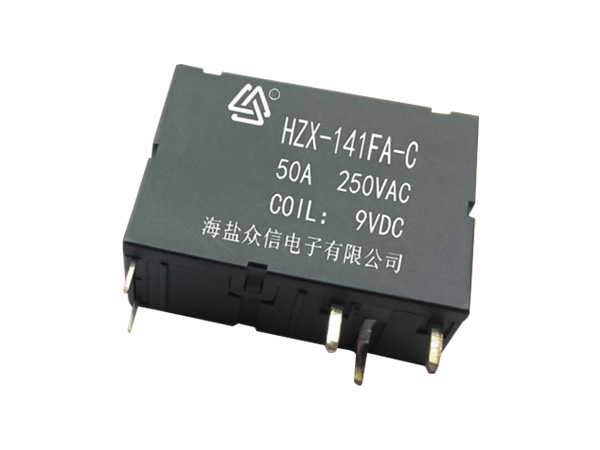1. General purpose relay
Such relays are further divided into
electromagnetic relays and solid state relays, which not only play a protective role and function but also play a switching role. First of all, as a general purpose relay, the electromagnetic relay has only one coil, and this coil will generate a magnetic field when it is energized.
In this way, the armature of the relay will be attracted by this magnetic field, thus driving its movement, which will also drive the movement of the relay's contacts. Normally open electromagnetic field relays can bring the following effects: normally open contacts are closed and normally closed contacts. When there is no current through the coil, the wiring and wiring of the relay will automatically return to the original state, that is, the normally open and normally closed contacts will be reset.
In addition, there is also a solid-state relay in the general-purpose relay, which is different from the electromagnetic relay. This kind of relay is a non-contact switch and has an electronic circuit inside. In the diagram below, we can clearly see that one part of the relay is the input and the other part is the output. In fact, this output terminal is a switch, and we can realize the switching value of the output terminal through several methods. This method is to adjust the input terminal.
2. Control relay
This type of relay is our common type: pressure relay, intermediate relay, fast relay, timing relay, etc. Below we will explain these relays one by one. Among these relays, the most widely used is the intermediate relay, because its function is to directly control the load. In addition to this function, it can also indirectly control high-power loads through the AC contactor.
The time relay is usually used to delay the circuit in the control relay; the speed relay is mainly used for the reverse braking of the motor, that is, when the motor is in the braking state and the speed is close to 0, the motor can be made by disconnecting the power switch. Stop turning; pressure relays, as the name suggests, are pressure-related, and their role is to sense pressure. When the liquid pressure reaches the set value, the contactor of the relay will start to act.
3. Protection relay
This type of relay is a protective component and can be divided into overload relays, temperature relays, voltage, and current relays, etc. Protection component relays are also called protection components. It is not difficult to understand, that is, the relay can be controlled by changing the state of value such as temperature and voltage.

- 50A switching capability
- Very minimal power consumption from the coil
- 4KV dielectrics strength coil to contact In
- Accordance with IEC62055-31:UC1
- Outline dimensions:(39*29*15.2)mm
- CE,CQC compliant
- RoHS,UL compliant
Type: Magnetic Latching Relays
Theory: Electromagnetic Relay
Usage: Household Appliances Relay, General Purpose



 English
English










